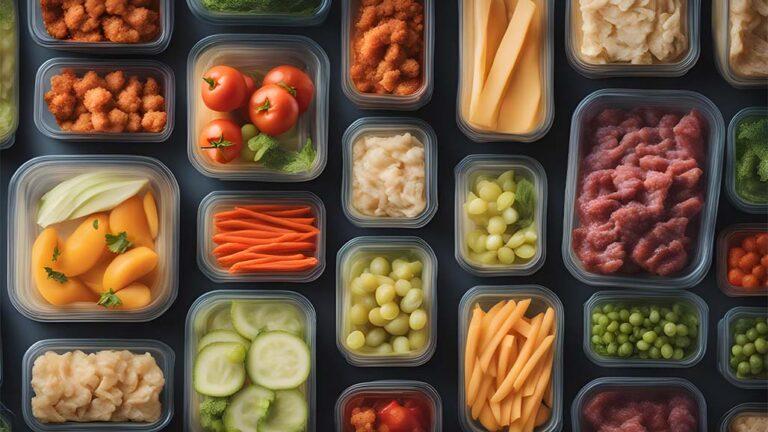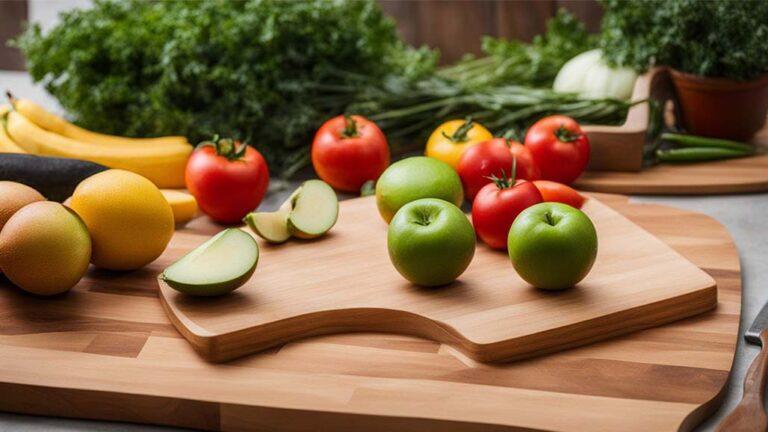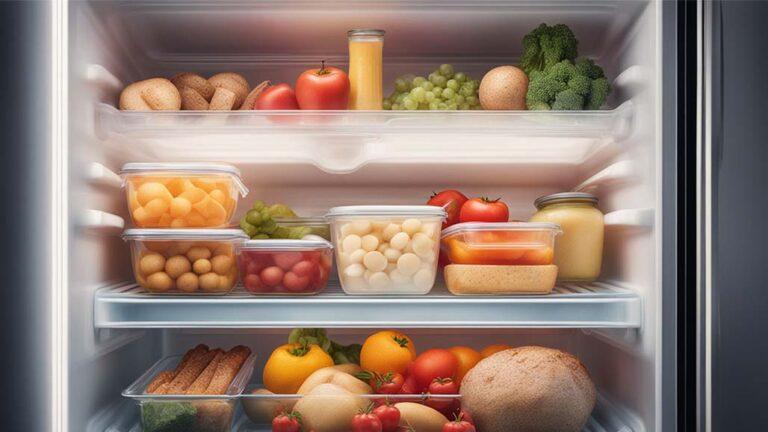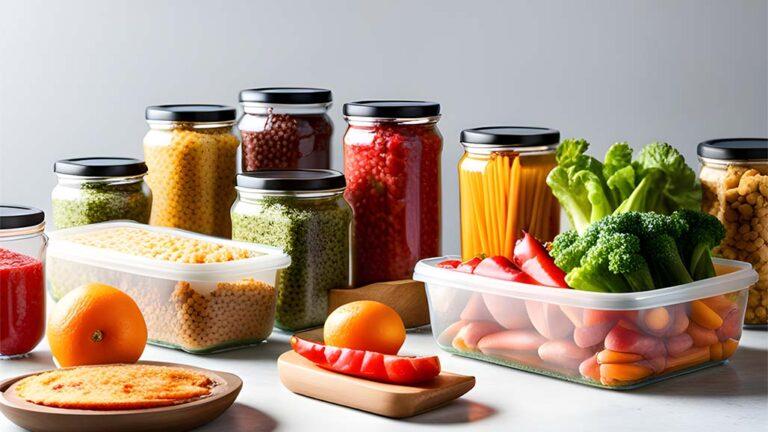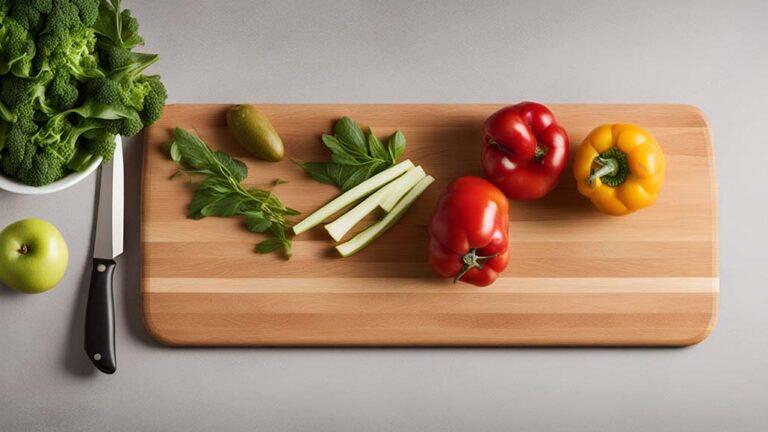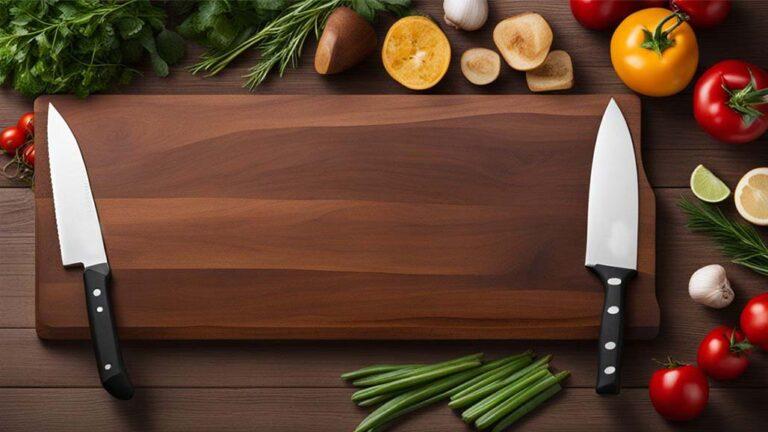
Introduction
Cooking is an art, but it’s also a risky endeavor if you’re not properly equipped. One of the most important tools for ensuring safety in the kitchen is a good pair of heat resistant oven gloves. These gloves are more than just a simple accessory; they’re a game-changer for anyone who spends time around hot ovens, grills, and stovetops. Let’s dive into why heat resistant oven gloves are essential and how they can revolutionize your cooking experience.
Why You Need Heat Resistant Oven Gloves
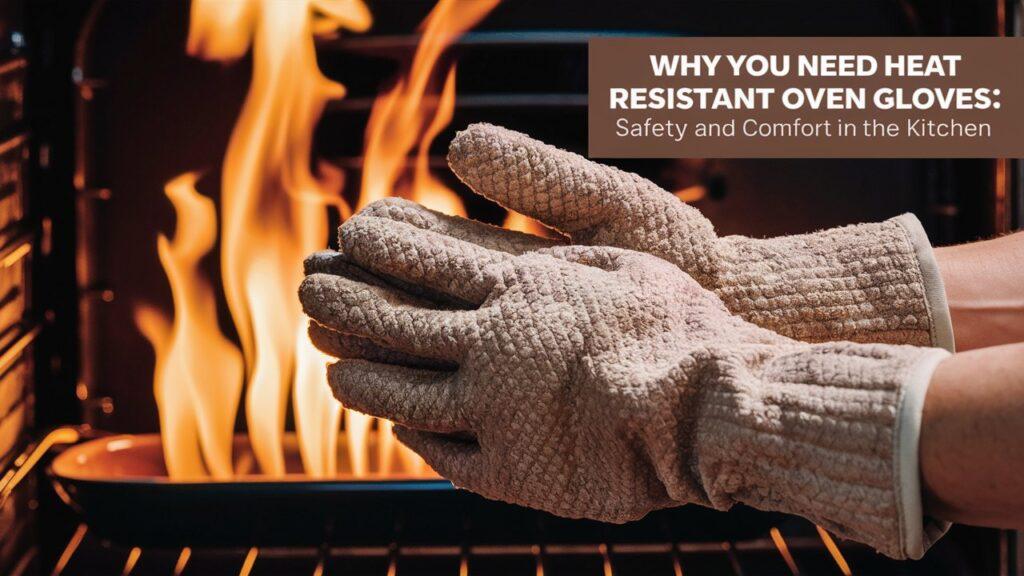
Protecting Your Hands from Burns
First and foremost, the primary function of heat resistant oven gloves is to protect your hands from burns. Whether you’re pulling a hot tray out of the oven or flipping steaks on the grill, these gloves provide a vital barrier between your skin and extreme temperatures.
Enhancing Grip and Control
Have you ever tried maneuvering a slippery pot or pan with a bulky oven mitt? It can be quite the challenge. Heat resistant oven gloves offer a better grip and more control, allowing you to handle hot items with confidence and precision.
Versatility in the Kitchen
These gloves aren’t just for baking or roasting. They can be used for grilling, handling hot pots on the stovetop, and even outdoor cooking. Their versatility makes them a must-have for any kitchen.
Types of Heat Resistant Oven Gloves
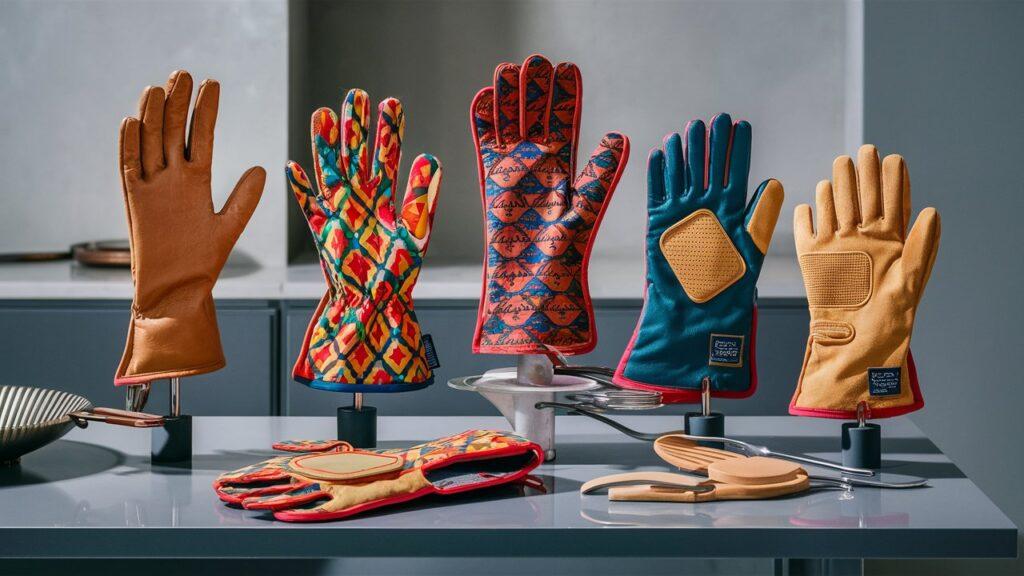
Silicone Gloves
Silicone gloves are known for their excellent heat resistance and non-slip grip. They are waterproof and easy to clean, making them a popular choice for many cooks.
Fabric Gloves with Heat-Resistant Coatings
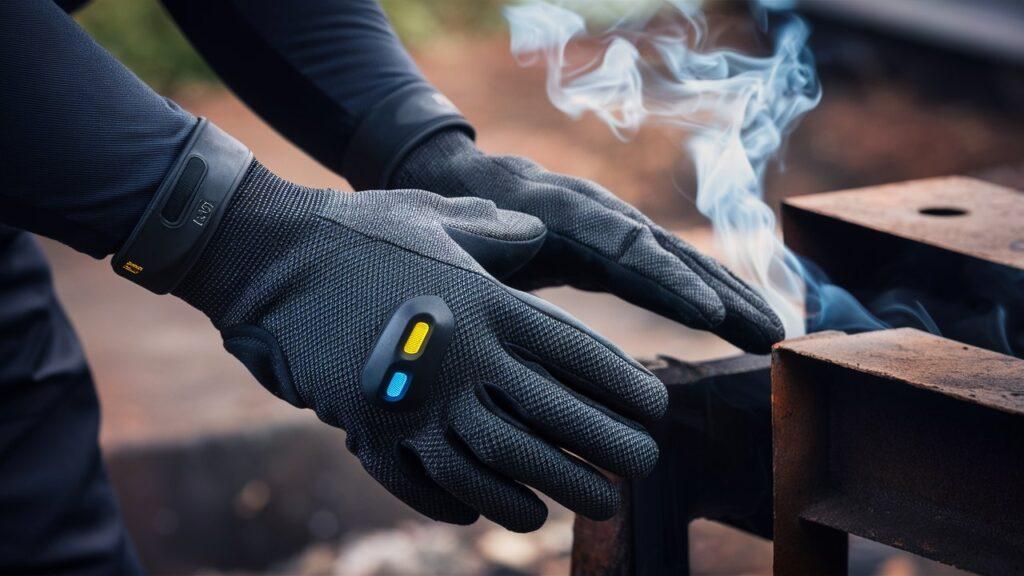
These gloves are typically made from materials like Kevlar or Nomex, which are used in firefighting gear. They offer high heat resistance and flexibility but may require more care when cleaning.
Combination Gloves
Some gloves combine silicone and fabric, offering the best of both worlds. These gloves provide excellent heat resistance, grip, and comfort.
Key Features to Look For

Heat Resistance Level
When choosing oven gloves, check the maximum temperature they can withstand. Some gloves are rated for temperatures up to 932°F (500°C), suitable for most cooking and grilling tasks.
Material and Durability
Consider the materials used in the gloves. Silicone and Kevlar are known for their durability and high heat resistance. Ensure the gloves are built to last, especially if you cook frequently.
Comfort and Fit
For both comfort and dexterity, a proper fit is essential. Look for gloves that offer a snug yet flexible fit to allow for easy movement.
Dexterity and Grip
Gloves should provide enough dexterity to handle small objects and a secure grip to prevent slips and accidents.
Cleaning and Maintenance
Ease of cleaning is important for maintaining hygiene. Some gloves are machine washable, while others can be wiped clean with a damp cloth.
Top Benefits of Using Heat Resistant Oven Gloves
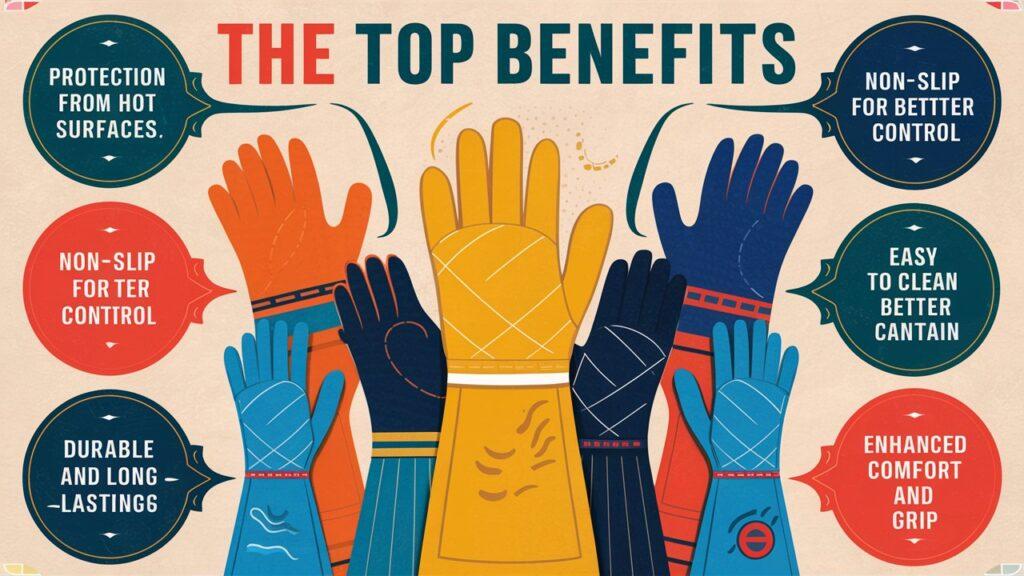
Improved Safety
The most significant benefit is safety. By using these gloves, you minimize the risk of burns and accidents in the kitchen.
Better Cooking Experience
With better grip and control, you can cook more efficiently and confidently. This enhances your overall cooking experience and makes meal preparation more enjoyable.
Longevity of Kitchen Equipment
By reducing the risk of dropping and damaging your cookware, heat resistant gloves help extend the life of your kitchen tools and appliances.
How to Choose the Right Pair for You
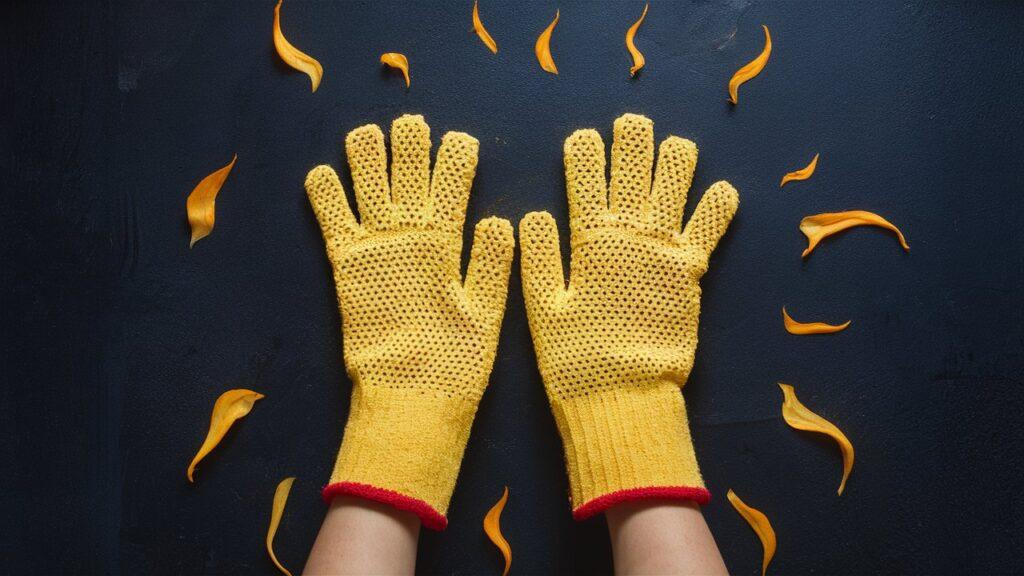
Assessing Your Cooking Needs
Think about how you cook and what activities you frequently perform in the kitchen. This will help you determine the level of heat resistance and dexterity you need.
Matching Gloves to Kitchen Activities
Different activities might require different types of gloves. For instance, grilling might necessitate gloves with higher heat resistance and better grip.
Budget Considerations
Quality heat resistant gloves can vary in price. Set a budget but remember that investing in a good pair can save you from injuries and costly kitchen mishaps.
How to Use Heat Resistant Oven Gloves Properly
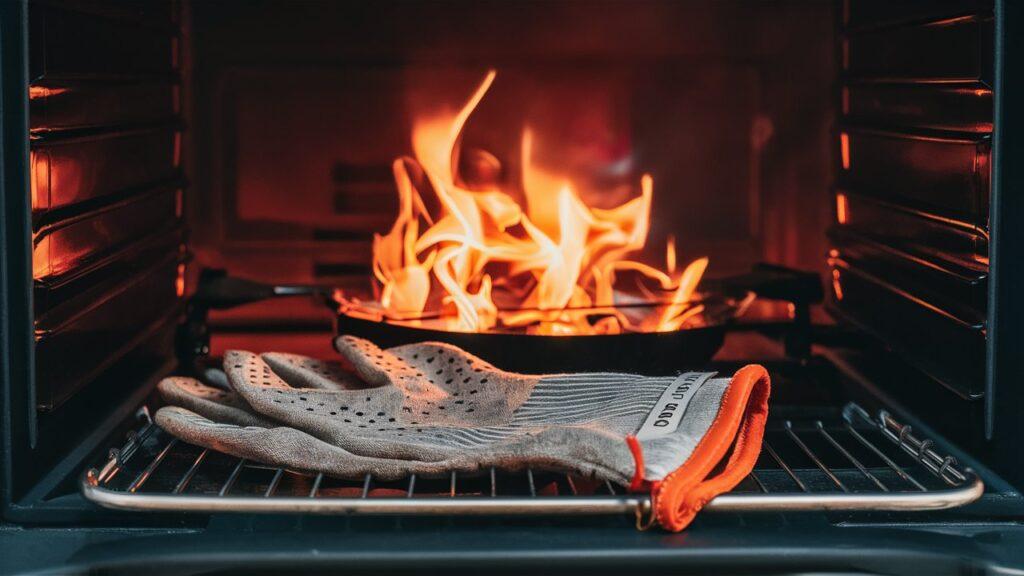
Correct Usage Techniques
Always ensure the gloves cover your wrists and forearms adequately. This provides extra protection when reaching into the oven or over a grill.
Common Mistakes to Avoid
Avoid using damaged gloves, as they can compromise your safety. Also, don’t use them for tasks they aren’t designed for, like handling chemicals.
Maintenance Tips for Longevity

Cleaning Methods
Follow the manufacturer’s instructions for cleaning. Some gloves are machine washable, while others should be hand washed.
Proper Storage
Store your gloves in a cool, dry place away from direct sunlight to maintain their integrity.
Regular Inspections
Check your gloves frequently for indications of deterioration. Replace them if you notice any damage to ensure continued protection.
Real-life Testimonials and Reviews
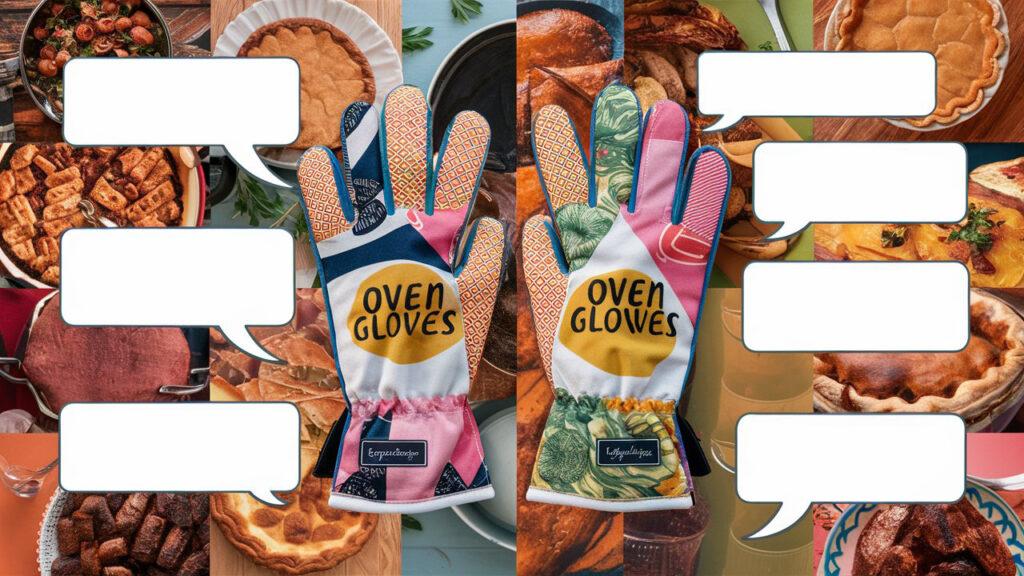
User Experiences
Many users rave about how heat resistant oven gloves have transformed their cooking experience. They highlight the improved safety and ease of handling hot items.
Expert Opinions
Cooking experts and chefs often recommend investing in a good pair of heat resistant gloves for anyone serious about cooking. They emphasize the gloves’ role in enhancing safety and efficiency in the kitchen.
Innovations in Heat Resistant Oven Gloves

Technological Advancements
Recent advancements include gloves with higher heat resistance, improved grip patterns, and more comfortable materials. These innovations continue to enhance the functionality of oven gloves.
Future Trends
The future of heat resistant oven gloves looks promising with potential developments in smart materials that offer even better protection and usability.
Comparing Heat Resistant Oven Gloves with Traditional Mitts
Performance
Heat resistant gloves generally offer better performance in terms of heat protection and grip compared to traditional mitts.
Safety
Gloves provide better coverage and flexibility, enhancing safety during cooking tasks.
Ease of Use
While mitts can be bulky and less flexible, gloves offer better dexterity, making them easier to use for a variety of tasks.
Frequently Asked Questions
What makes a glove heat resistant?
Heat-resistant gloves are made from materials like silicone, Kevlar, or Nomex, which can withstand high temperatures without degrading.
How do I know if my gloves are still safe to use?
Check your gloves frequently for indications of wear and tear. If the material is thinning or if you notice any damage, it’s time to replace them.
Can I use these gloves for outdoor grilling?
Yes, many heat resistant gloves are designed for both indoor and outdoor use, including grilling and BBQing.
Are there any downsides to using heat resistant gloves?
The main downside is that some gloves can be less breathable, causing your hands to sweat during prolonged use. However, choosing gloves with breathable materials can mitigate this issue.

